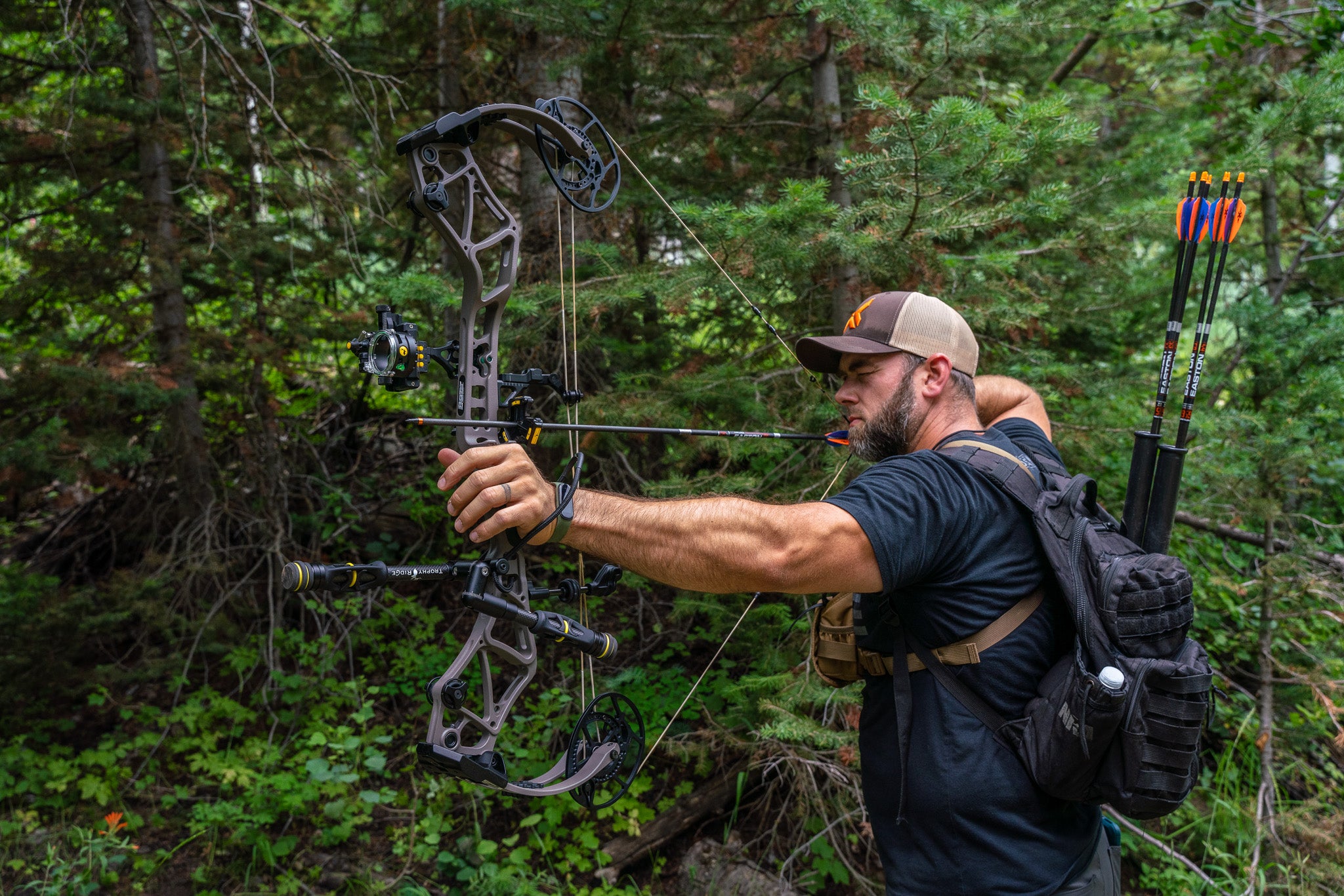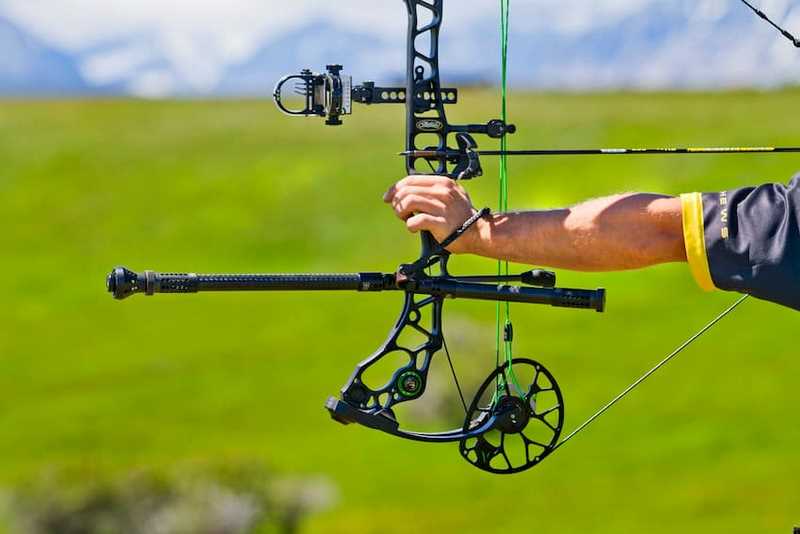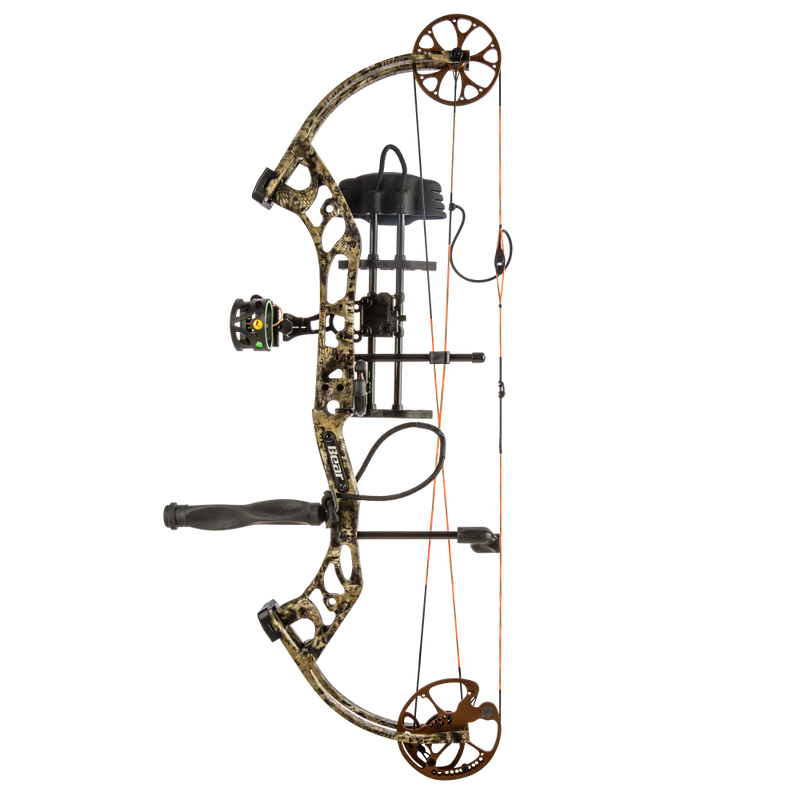Master the Art of Archery: Comprehending the Importance of a Stabilizer in Your Configuration
Archery, an old sport that requires precision, focus, and skill, has actually mesmerized individuals for centuries. Whether one is a seasoned archer or simply starting their journey, the value of a stabilizer in their setup can not be overstated. This essential tool plays a considerable role in improving precision and improving overall performance. By comprehending the advantages of making use of a stabilizer, taking into consideration the appropriate variables when selecting one, and correctly installing and changing it, archers can raise their skills to brand-new heights. Allow us check out the complexities of understanding the art of archery and reveal the indispensable function that a stabilizer plays in achieving success on the range.
The Function of a Stabilizer in Archery
A stabilizer plays a vital function in archery by improving balance and reducing resonances throughout the shot. When an archer attracts the bowstring and launches it, there is a transfer of energy that can create the bow to vibrate. These vibrations can adversely influence the accuracy of the shot. A stabilizer assists to counteract these resonances by soaking up and dissipating the energy.
One of the primary advantages of a stabilizer is its capacity to boost equilibrium. The weight of the stabilizer helps to disperse the weight uniformly, lowering the strain on the archer's arm and improving stability.
In addition to balance, a stabilizer also helps to decrease torque. When an archer releases the bowstring, there is a natural propensity for the bow to revolve in the hand. This turning, referred to as torque, can create the arrow to drift off-course. The weight and layout of a stabilizer neutralize this rotation, ensuring a more exact and regular shot.
Advantages of Utilizing a Stabilizer
The usage of a stabilizer in archery provides countless advantages that boost an archer's efficiency and overall capturing experience. By absorbing and moistening these resonances, the stabilizer boosts the stability of the bow, permitting for more regular and precise shots.
Secondly, a stabilizer aids to balance the bow by including weight to the front end. This weight circulation combats the all-natural propensity of the bow to tip onward upon launch, lowering the quantity of movement and enhancing the archer's capacity to preserve purpose on target.

Last but not least, a stabilizer can likewise act as a shock absorber, reducing the shock and recoil experienced upon launch. This not just enhances the comfort of shooting however also decreases the risk of injury or strain on the archer's body.
How a Stabilizer Improves Accuracy
Enhancing the precision of an archer's shots, a stabilizer plays a crucial function in improving overall efficiency. archery stabilizer. By including stability to the bow, a stabilizer assists decrease the unwanted movement and resonance that can happen throughout a shot. This reduction in activity enables the archer to maintain a stable objective, resulting in more exact and regular shots

Furthermore, a stabilizer assists to wet resonances that occur upon launch. These vibrations can cause the acquiesce drink, affecting the arrowhead's trajectory and accuracy. By soaking up and dissipating these vibrations, a stabilizer aids to preserve the bow's stability and make sure a smooth and accurate shot.
Furthermore, a stabilizer can additionally help in stabilizing the weight circulation of the bow (archery stabilizer). By adding weight to the front of the bow, a stabilizer assists to stabilize the weight of devices, such as sights or quivers, which might be connected to the bow. This balanced weight circulation assists the archer maintain a regulated and stable capturing setting, leading to enhanced accuracy
Variables to Think About When Choosing a Stabilizer
When choosing a stabilizer for your bow, it is vital to think about a number of variables that will add to its overall efficiency and suitability for your specific capturing design. The first variable to consider is the length of the stabilizer.
Another factor to take into consideration is the weight of the stabilizer. The weight of the stabilizer can influence the equilibrium of your bow.
Some stabilizers have adjustable attributes, such as flexible length or flexible weights, which permit you to personalize the stabilizer to your specific requirements. Carbon fiber stabilizers are lightweight and durable, while aluminum stabilizers supply an equilibrium in between weight and rigidity.
Last but not least, it is necessary to consider your capturing design and choices. Various stabilizers may function far better for specific shooting styles, such as target shooting or hunting. It is suggested to speak with experienced archers or specialists to figure out which stabilizer will best match your private demands. Generally, considering these variables will aid make sure that you choose a stabilizer that improves your capturing experience and enhances your precision.
Tips for Appropriately Mounting and Readjusting a Stabilizer
Appropriate installment and modification of a stabilizer is important for optimizing its performance and making certain optimal shooting accuracy. When setting up a stabilizer, it is crucial to adhere to a couple of crucial actions to guarantee its performance. Initially, figure out the proper length of the stabilizer based upon your shooting style and check it out preferences. Longer stabilizers supply even more security yet can be much less maneuverable, while shorter stabilizers supply raised maneuverability however might compromise security. Once you have chosen the appropriate browse around these guys length, attach the stabilizer to the bow making use of the provided mounting hardware. Guarantee that the stabilizer is safely secured and aligned with the bow's riser.
After installing the stabilizer, it is needed to make modifications to achieve the desired balance and shot consistency. Beginning by changing the weight distribution along the stabilizer. Additionally, take into consideration adjusting the angle of the stabilizer to make improvements the shot.

Conclusion
To conclude, a stabilizer plays a critical role in archery by enhancing precision and reducing bow torque. By adding weight to the bow, it helps to maintain the shot and stabilize. When picking a stabilizer, variables such as product, size, and weight need to be taken into consideration to fulfill specific demands. Appropriate installation and change of the stabilizer are also vital for ideal performance. Mastering the use of a stabilizer can substantially boost the archer's skill and accuracy.
In addition, a stabilizer can additionally help in balancing the weight circulation of the bow. By adding weight to the front of the bow, a stabilizer helps to balance click resources the weight of accessories, such as views or quivers, which may be affixed to the bow. Some stabilizers have flexible features, such as adjustable length or flexible weights, which allow you to tailor the stabilizer to your certain needs. Carbon fiber stabilizers are resilient and light-weight, while light weight aluminum stabilizers provide an equilibrium between weight and rigidity.
Longer stabilizers provide even more stability yet can be less manoeuvrable, while shorter stabilizers offer boosted ability to move yet might compromise stability.